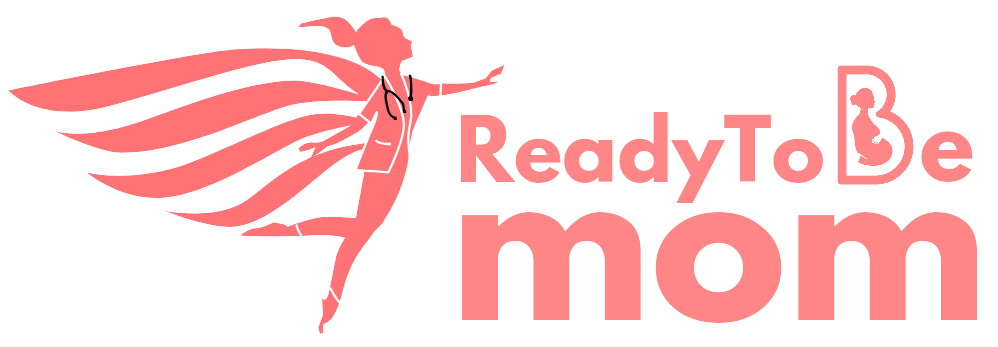The intensity of the discomfort during childbirth varies from woman to woman and from birth to birth. Some techniques work best in early labour, while some are useful in the later stages. Exercise through the pregnancy is an excellent way of preparing for labor. Yoga, meditation and breathing exercises have all been proven to help reduce the intensity of pain during labor.
There are several strategies that can be used to reduce pain during labor, including both non-medical and medical options.
- Active birth – Staying active is one of the most helpful things you can do to manage the pain of labour and birth.
- Breathing Techniques – Breathing techniques are used to help women relax and manage pain during labor. Techniques include slow breathing, deep breathing, and patterned breathing.
- Relaxation Techniques -Relaxation techniques such as visualization, progressive muscle relaxation, and meditation can help you manage pain and remain calm during labor.
- Acupuncture – Acupuncture is a traditional Chinese medicine technique that involves inserting needles into specific points on the body. It can be helpful in reducing pain during labor.
- Water immersion – Water immersion during labour and birth is increasingly popular and is becoming widely accepted. It is also referred to as hydrotherapy or immersion in warm water during labor. It can be used during any part of labor, including early labor and active labor, as well as the late (“pushing”) phase. Hydrotherapy is offered as a comfort measure, providing relaxation and pain relief. Hydrotherapy is different from a water birth.
- Massage – Massage can help reduce tension and promote relaxation during labor. Partners or doulas can be trained in massage techniques that can be helpful during labor.
- Epidural Anaesthesia – Epidural anaesthesia is a common pain management technique used during labor. It involves the injection of an aesthetic into the epidural space in the lower back, which blocks pain signals from the uterus and cervix.
It is important to note that pain management during labor is a personal decision and what works for one woman may not work for another. It’s important to discuss pain management options with your doctor and develop a birth plan that works for you. Additionally, having a supportive birth partner can help to provide emotional support and encouragement during labor, which can also help to reduce pain.





